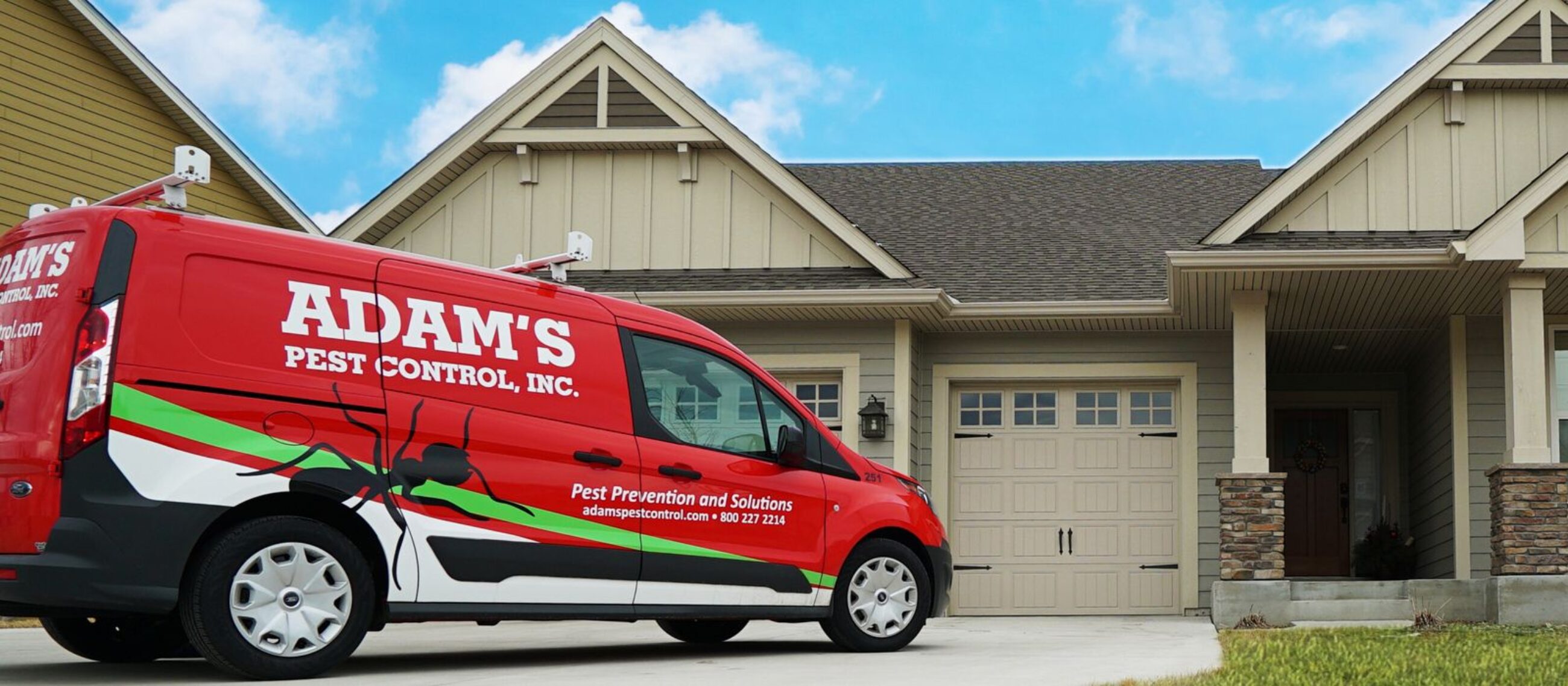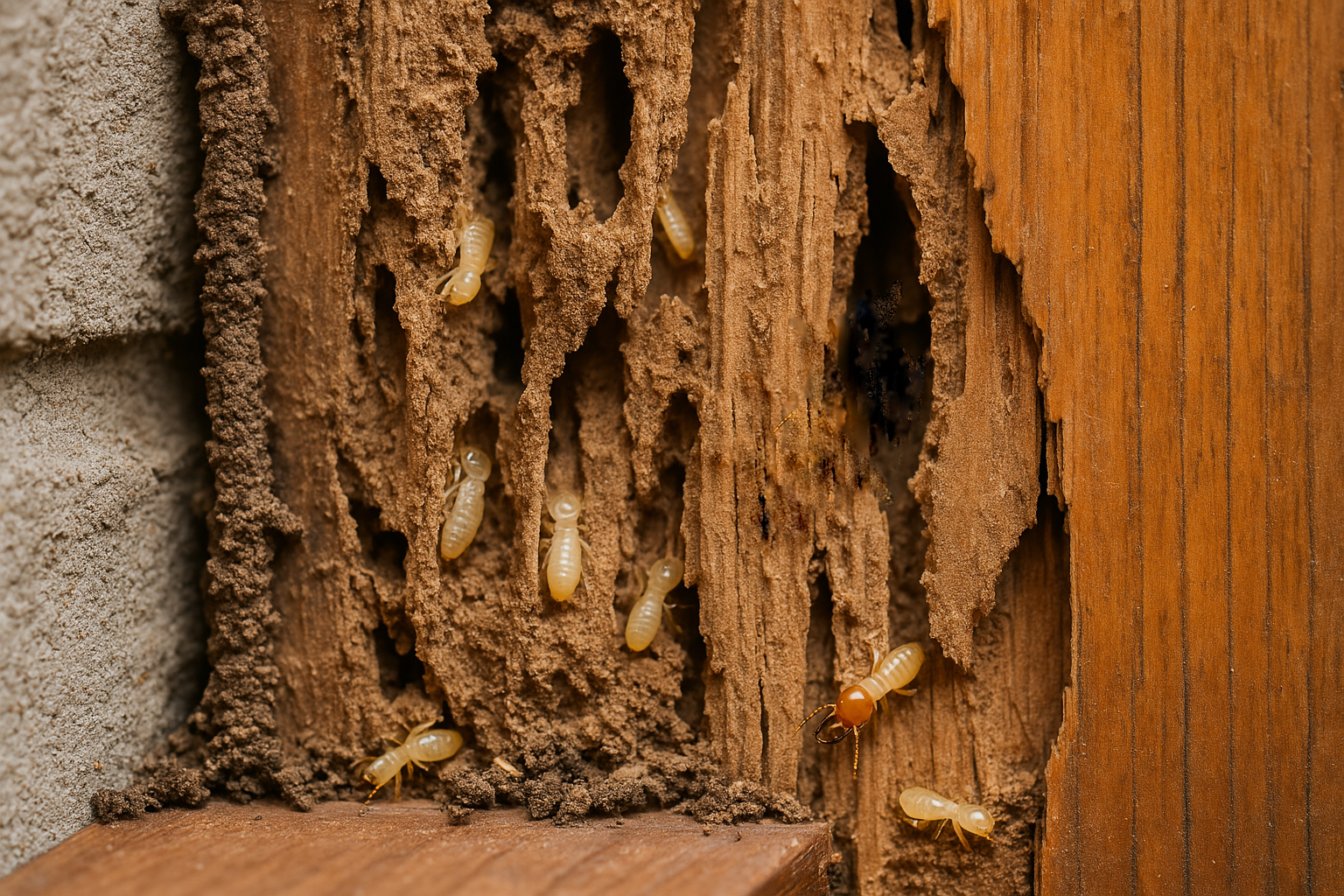Understanding the Risks and Prevention of Bed Bugs in Healthcare Settings
Bed bugs pose a unique challenge in healthcare settings such as hospitals, clinics, and ambulances. While these pests are not known to spread diseases, their presence can cause significant distress to patients, staff, and visitors. Bed bugs often hide in mattresses, furniture, and equipment, making detection difficult. Their small size and nocturnal behavior allow them to go unnoticed until infestations grow.
The risk in healthcare environments is heightened due to the high volume of patient turnover and the vulnerability of patients with weakened immune systems. Even a single infestation can damage the facility’s reputation and lead to costly disruptions if patient rooms or critical areas must be closed for treatment.
Preventing bed bugs in healthcare requires proactive measures. Regular inspections of patient rooms, waiting areas, and ambulances help identify early signs such as dark spots, shed skins, or live bugs. Staff training is vital to recognize infestations quickly and to avoid spreading bed bugs between areas. Treatment options in sensitive environments must prioritize patient safety and equipment protection. Heat treatments have become the preferred method as they effectively eliminate bed bugs without chemicals and allow rapid room reuse.
By understanding the risks and implementing strict prevention and control protocols, healthcare facilities can protect patients and maintain a clean, safe environment.
Managing Bed Bugs in Healthcare: Risks, Prevention, and Safe Treatment
Imagine you manage a hospital and find bed bugs in a patient room. Infectious Disease Control says the bed bugs must be removed, even though the chance they spread disease is very low. You don’t want complaints or a bad reputation. You call your pest control company. They say you need to throw out the carpet and furniture. They want to quarantine the room for six weeks and do repeated chemical treatments. You only see the high cost and the lost use of the room. Does this “professional” really know what they’re doing?
This situation has happened many times across the country. At Adam’s Pest Control, we use heat treatments to kill bed bugs quickly and safely. We have treated sensitive medical areas like Labor & Delivery rooms, Emergency Rooms, and ambulances. We get the rooms back in use the next day, bed bug free, without using chemicals.
Hospitals and medical places are sensitive environments. Heat treatment experts must follow all safety rules for hospitals and pest control. They must avoid damaging equipment or the building. When done right, heat treatments only affect the infested area. Often, other areas can keep working as usual during the treatment.
If your ambulance, hospital, or medical facility has bed bugs, contact Adam’s today. We will go the extra mile to help. We can travel beyond our usual service area or recommend trusted experts nearby.





